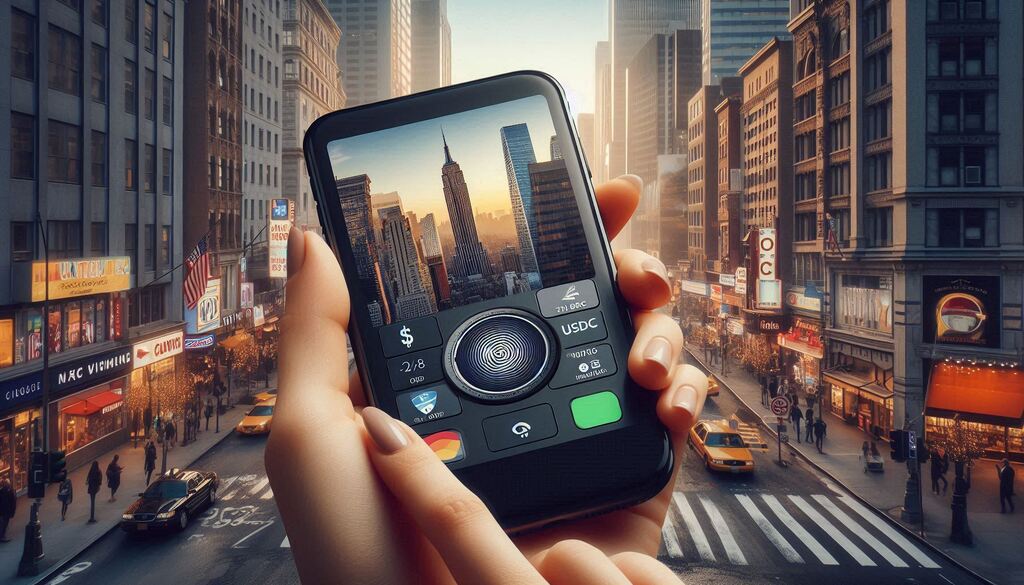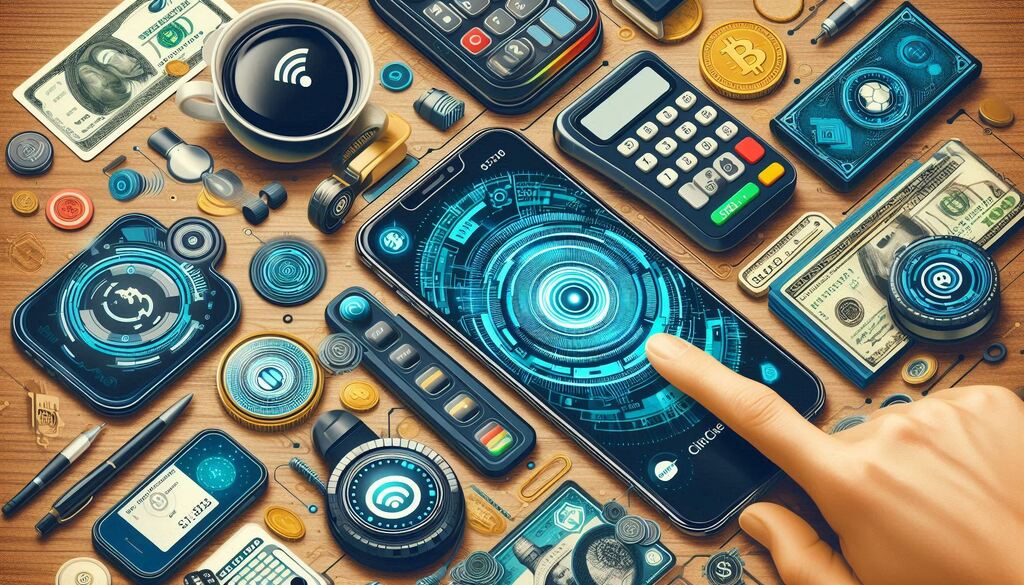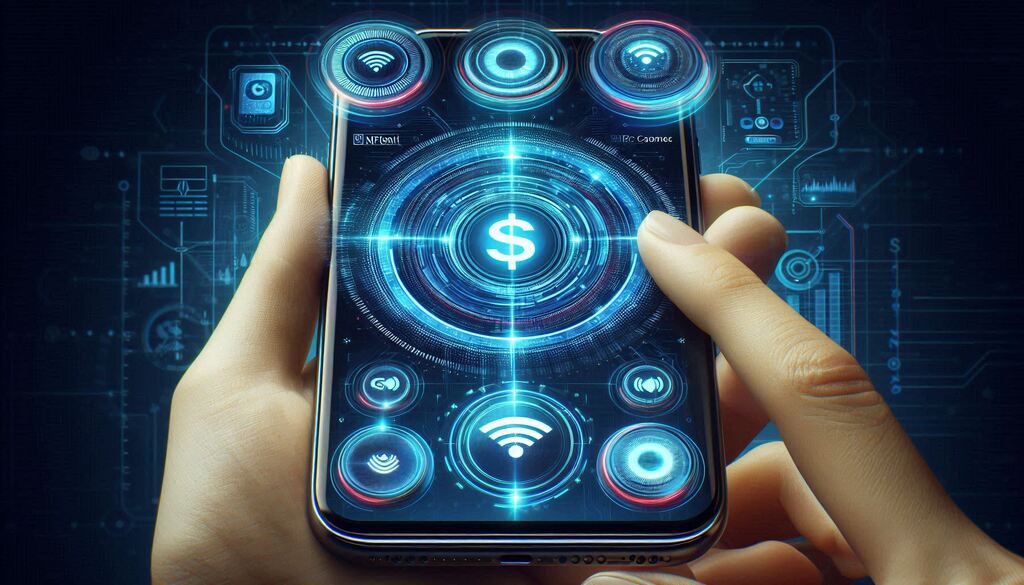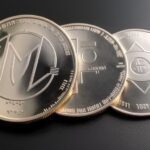NFC payments have long been associated with ease and security, especially when it comes to traditional currencies. However, Circle’s CEO, Jeremy Allaire, has made it clear that the future of NFC payments is not just limited to fiat currencies.
In a recent announcement on X, Allaire revealed that Circle plans to leverage Apple’s latest iPhone technology to bring NFC payments to USDC.
According to news sources, this move comes on the heels of Apple’s decision to open up its Near Field Communication (NFC) chip to third-party developers.

This chip allows devices to communicate wirelessly over short distances, enabling contactless data exchange. Previously, this technology was restricted to Apple’s native platforms, like Apple Wallet and Apple Pay, but now, Circle aims to use this feature to make USDC payments as seamless as possible.
Allaire elaborated on this in a follow-up post, stating that cryptocurrency wallets on iPhones could soon use NFC technology to receive crucial information, such as blockchain addresses or payment amounts, directly from point-of-sale (PoS) devices. This would allow users to make payments with USDC just as easily as they do with traditional currencies, all while maintaining the security provided by Apple’s biometric verification processes, like FaceID.
NFC Payments on the Horizon for Cryptocurrency Users
DEYTHERE Media News reports that the potential of NFC payments for USDC goes beyond simple transactions. Jeremy Allaire mentioned that this technology could be integrated with a “high-performance and low-fee” blockchain network, enabling direct-to-merchant payments. This would not only make it easier for consumers to use USDC in everyday purchases but could also reduce transaction fees and processing times for merchants.

Allaire also hinted at the broader implications of this technology, noting that it could be used for other applications beyond USDC, such as NFTs and stablecoins. This could open up new possibilities for how digital assets are used and exchanged, making NFC payments a central feature in the evolving landscape of digital finance.
For developers, this means that now is the time to start preparing. Allaire encouraged wallet developers to begin utilizing the latest Apple iOS SDKs that support NFC technology to ensure their apps are ready for USDC Tap to Pay. He also urged PoS hardware and software companies to update their firmware and work with payment processors to support native USDC settlement.
NFC Payments Set to Expand Globally
According to broader research done by the DeyThere team, Apple’s recent software development kit (SDK) update is poised to debut in multiple countries, including the United States, the United Kingdom, Canada, Japan, New Zealand, Australia, and Brazil. This expansion could see NFC payments for USDC becoming available to a global audience, further solidifying cryptocurrency’s place in the mainstream financial system.

- NFC Payments for USDC on iPhones
Despite Apple’s past hesitations and restrictions regarding cryptocurrency-related apps, this latest move signals a potential shift in the company’s approach to digital assets. Previously, Apple had faced criticism for its strict policies, such as the 30% commission on in-app NFT sales and its blocking of the Damus social media platform for its Bitcoin tipping feature. However, the decision to allow third-party developers to access the NFC chip for cryptocurrency payments suggests a more open stance towards the integration of digital currencies.
A New Era for NFC with USDC
NFC payments are about to take on a whole new meaning with the introduction of USDC integration on iPhones. This development marks a significant step forward in making cryptocurrency more accessible and practical for everyday use. With the potential to extend beyond just USDC to other digital assets, the future of NFC payments is brighter than ever.
As this technology rolls out globally, the convenience and security of NFC payments will likely attract more users to the world of digital finance. Stay tuned to DEYTHERE Media News for further updates on this exciting development in the cryptocurrency space.



















































































































